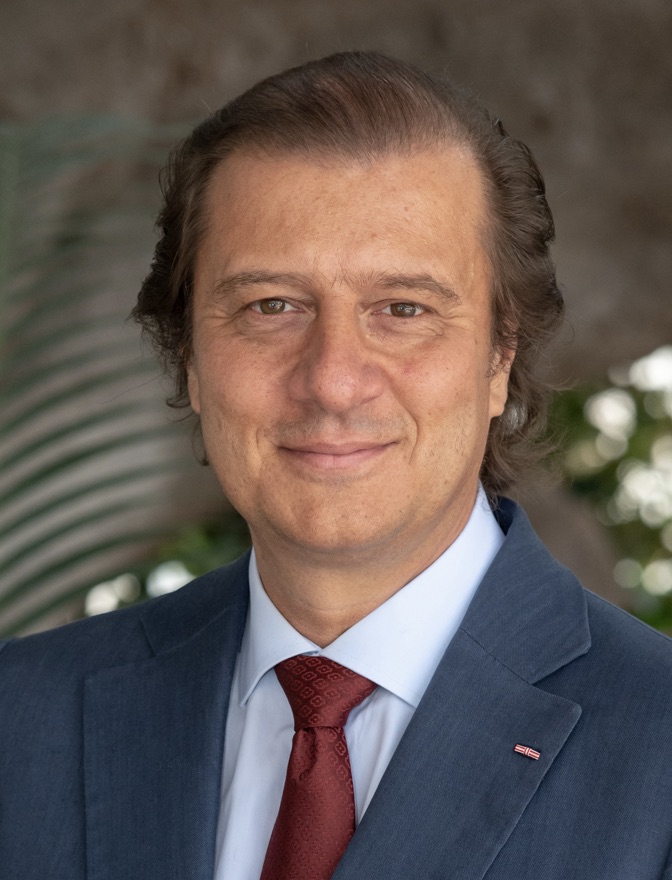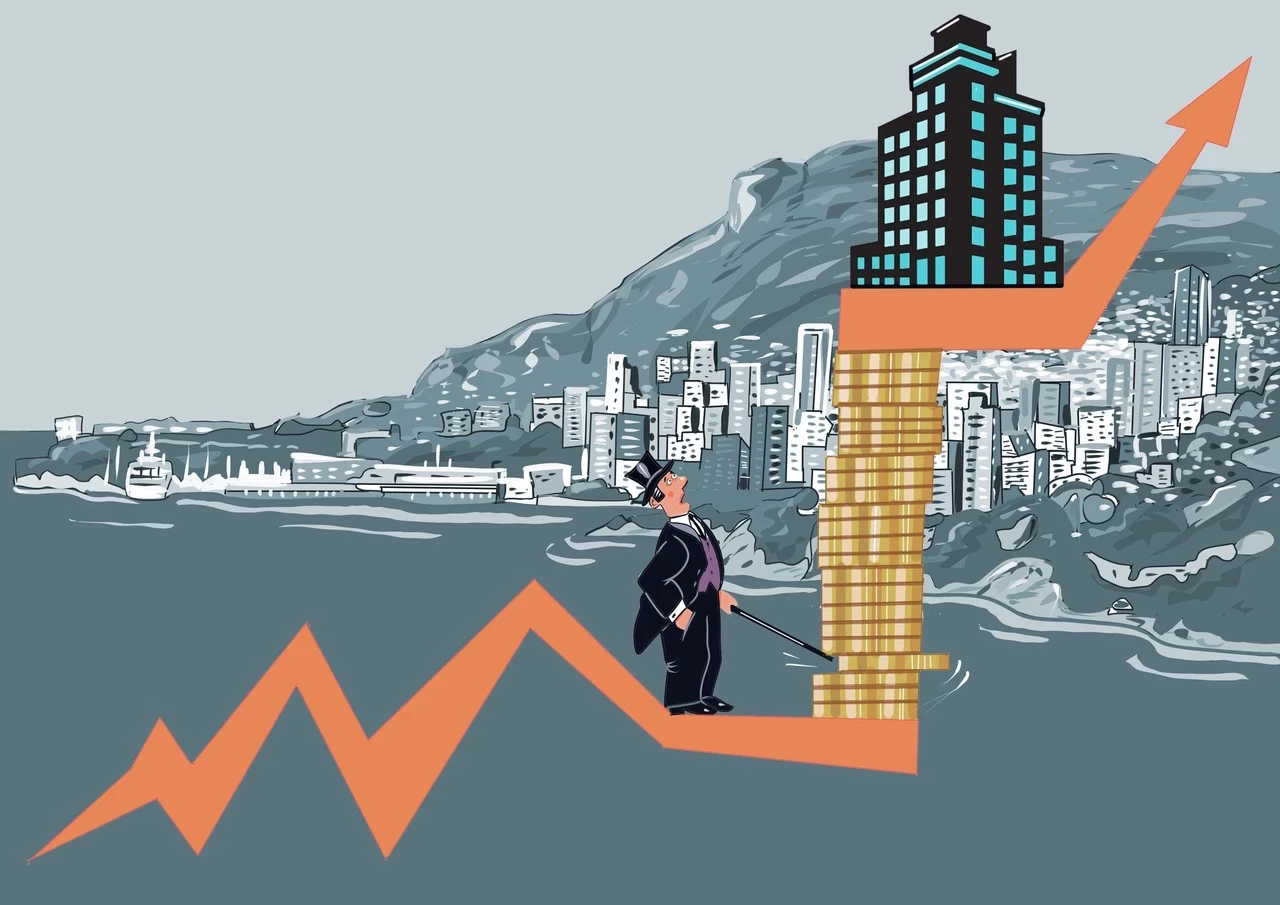The Roaring 2020S
Growing Sophistication And Nuance To Wealthy Consumption Patterns As Monaco Boasts The Highest Property Prices Of Any Global City.


The Julius Baer Lifestyle Index analyses the cost of a basket of goods and services representative of “living well” in 25 cities around the world. This provides an overview of the relative cost of maintaining a high-net-worth lifestyle in various major urban centers. The addition of the Lifestyle Survey, now in its third year, supports the Index findings with qualitative analysis of the personal habits and sentiments of high-net-worth individuals (HNWIs). Together, they provide insight into the lifestyles, habits and priorities of wealthy consumers around the globe.
This year’s most expensive region
In the 2023 edition of the Global Wealth and Lifestyle Report, Europe, the Middle East and Africa (EMEA) was the most affordable region in which to live. What a difference a year makes. Significant price increases over the past 12 months have now helped to position EMEA as this year’s most expensive region.
In this year’s index, every single European city moved up the rankings. Zurich climbed eight places, the biggest jump of any city, while Milan and Paris have also leapt up the ranking—six and five places respectively. Adding to the proliferation of European cities at the business end of our index, London has taken third place. London’s rise to the podium comes as the UK exited its technical recession in May 2024 with a 0.6 per cent first-quarter increase in GDP and with some normalization now post-Brexit, London continues to be a global city.
Strong exchange rates have helped to bring about this change in EMEA’s fortunes. The euro is up 4 per cent against the dollar, while the Swiss franc has risen 8 per cent. The British pound has recovered from the doldrums of 2022, when it almost reached parity with the dollar.
The highest property prices and the cheapest champagne
Turning to the index items, EMEA is the most expensive region in the world to own a home, with residential property prices 17 per cent more than the global average. Monaco boasts the highest property prices of any global city—234 per cent higher than elsewhere—due to limited availability and strong demand.
Fine dining in the region is 13 per cent more expensive than elsewhere and MBAs are significantly more expensive, driven by the high prices charged by all European cities. Continuing the education theme, parents in London pay a staggering 122 per cent more than the global average for private schools.
In the luxury fashion sector, men’s suits, women’s shoes, and ladies’ handbags in EMEA are now 15 per cent, 14 per cent and 11 per cent more expensive respectively in USD terms than a year ago. Indeed, EMEA is the region that has experienced the most significant price gains year-on-year, with prices up 7 per cent on average across all categories.
There are some pockets of affordability, though. EMEA is the cheapest place to buy champagne and whisky, which is unsurprising given that France is home to the Champagne region and Scotland boasts more distilleries than anywhere else in the world. Europe’s tax breaks for airlines also mean that business class flights are cheaper on average too.
Let’s now turn to the main conclusions of the Lifestyle Survey, as it examines shifts in consumption patterns and interrogates the reasons behind these changes. In doing so, it paints a broader picture of wealthy life around the world and provides insights and data which substantially augment our Lifestyle Index.
An evolving HNWI landscape
Over the past year, lifestyles have continued to evolve. The privations of the pandemic are behind us, but Covid was followed by rising living costs and several ongoing geopolitical disruptions. On top of this, we also have continued concerns relating to climate and other environmental issues. However, to some extent, all these are now priced into HNWIs’ lives and are part of their new normal.
Against this background, within the HNWI demographic, we are seeing signs of a new economic and lifestyle boom. With at least 70 per cent of HNWIs surveyed globally experiencing an increase in the total value of their assets in the past 12 months, demand for travel, hospitality and luxury is increasing fast. We’re also witnessing growth in areas such as health and a more sophisticated approach to certain types of consumption, with considerable local variation. It’s notable that there is little consistency across the regions in terms of people’s spending. When it comes to HNWIs in Europe, we see that they mainly focus on hospitality—five-star hotels and top restaurants. But there really is no single global HNWI consumer.
The Roaring 2020s
There are, however, some global trends. In fact, all regions saw an increase in spending by HNWIs on travel and hospitality in the past year. Fine dining and five-star hotels were especially popular. In Europe, 52 per cent said they had spent more on five-star hotels, while 54 per cent said they had spent more on fine dining. Notable too is that, in the past 12 months, the increase in leisure travel was greater than that in business travel—and this trend is expected to continue for the next 12 months, with more than 50 per cent of respondents in all regions saying they expect to travel even more in the coming year. This shows us two broader trends: the first being that after an initial boom following the pandemic, business travel has slowed as working patterns settle into a hybrid model that combines the best of both worlds. The second is that we are seeing a demographic group that is fully embracing life and new experiences again after the pandemic and subsequent crises. When it comes to travel and hospitality, we live in the Roaring 2020s.
Elsewhere, the picture is rather more nuanced. Fashion is perhaps the most interesting category, though. In Europe, there is a clear gap between the growth in hospitality and travel spending and fashion spending, with the increase in the former being much higher. Clearly, many HNWIs are traveling more—but only some of them are shopping once they get there.
Health and lifestyle
The trend for health as the new wealth is continuing to gain momentum. Health spending featured in the top five for all regions when it came to spending intentions for the next 12 months and it remains a key focus globally. Concerning the past year, though, only 37 per cent of Europeans said their discretionary health expenses had risen.
An investor-consumer dichotomy
When it comes to qualities consumers look for when making buying decisions, you might expect sustainability to sweep the board. After all, whether you’re skiing in Switzerland or buying high-end coffee, the effects of climate change are becoming impossible to ignore. Plus, there is a great deal of social pressure (from not only friends, but often children) to do the right thing. However, sustainability and ethics are surprisingly low down the list. Instead, brand history and prestige combined with innovative product design make up the top two considerations in all regions. The combination of an established brand with a strong record creating something new seems to be the ultimate way to secure success within this demographic. “Interestingly enough, in Latin America collaboration with a famous artist or celebrity is considered more important than whether a product and its packaging are recyclable,” says Fabio Machado, Head of Americas at Bank Julius Baer Monaco.
This presents a strange dichotomy because, when it comes to finances, the reverse appears to be true. Here, almost everyone surveyed said they consider environmental, social and governance (ESG) when making their investment decisions. Machado highlights: “Besides the APAC region, this sentiment was actually most pronounced among HNWIs in Latin America, with 83 per cent saying they try to have a positive impact on the environment and society through their investments.” Europe is much less ESG-oriented, though.
There is still a considerable say-do gap when it comes to sustainable investing, as well as sustainable behaviors in general. It’s an oddity and perhaps even the reverse of what we might expect. Regardless, one might hope that, in the future, HNWIs will not only acknowledge the value of, but actively pursue sustainability in all aspects of their lives.
Investor behavior
Although there has been some financial turmoil in the past 12 months, HNWIs are still willing to take risks to realize higher returns, although Europe remains more conservative in its outlooks.
As in previous years, and not surprisingly, the primary financial goal among our respondents is wealth creation and increasing assets. In all regions, HNWIs invested more in the past 12 months than in the year before. Regional investment levels seem to mirror regional risk levels here, too, with Europe being among the most conservative once again.
A generally positive outlook that could be greener
Overall, the picture is one of increase: increased assets, increased investment, increased spending and increased enjoyment. The desire for luxury goods, especially hospitality and travel, continues. HNWIs want to indulge themselves in a way that recalls the post-war rebounds of the 20th century. However, it’s not all unbridled consumption. Health is seen as increasingly important, as is future-proofing, with property, innovation and technology key for many. These, and significant regional variations in consumption patterns, suggest that there is no one global HNWI—and also that there is a growing sophistication and nuance to wealthy consumption patterns.
However, one finding that mars a generally positive picture is that sustainability and environmental concerns have yet to cut through to many HNWIs’ personal lives and spending decisions. There is still much work to be done on closing the say-do gap here.
As the world continues to grapple with geopolitical unrest, inflation, a cost-of-living crisis and an uncertain environmental outlook, the importance of a robust wealth management strategy that can support the needs of both the individual and their families for generations to come should not be underestimated.
EMEA is the most expensive region in the world to own a home, with residential property prices 17 per cent more than the global average. Monaco boasts the highest property prices of any global city—234 per cent higher than elsewhere—due to limited availability and strong demand.
The views and opinions expressed herein are the views and opinions of the author and do not necessarily reflect those of The Monegasque™.
Disclosure: The Monegasque™ enhances the editing process with the help of carefully selected AI tools. These tools provide valuable support without taking over the editing process completely, ensuring that the final product is the result of human creativity and expertise augmented by the benefits of enhanced technology. This article is protected under the copyright of The Monegasque™. Unauthorized reprinting, republishing, or rewriting of this content is strictly prohibited without explicit permission from The Monegasque™. Quotations from this material are permissible provided that a direct link to the full article on The Monegasque™ is included.